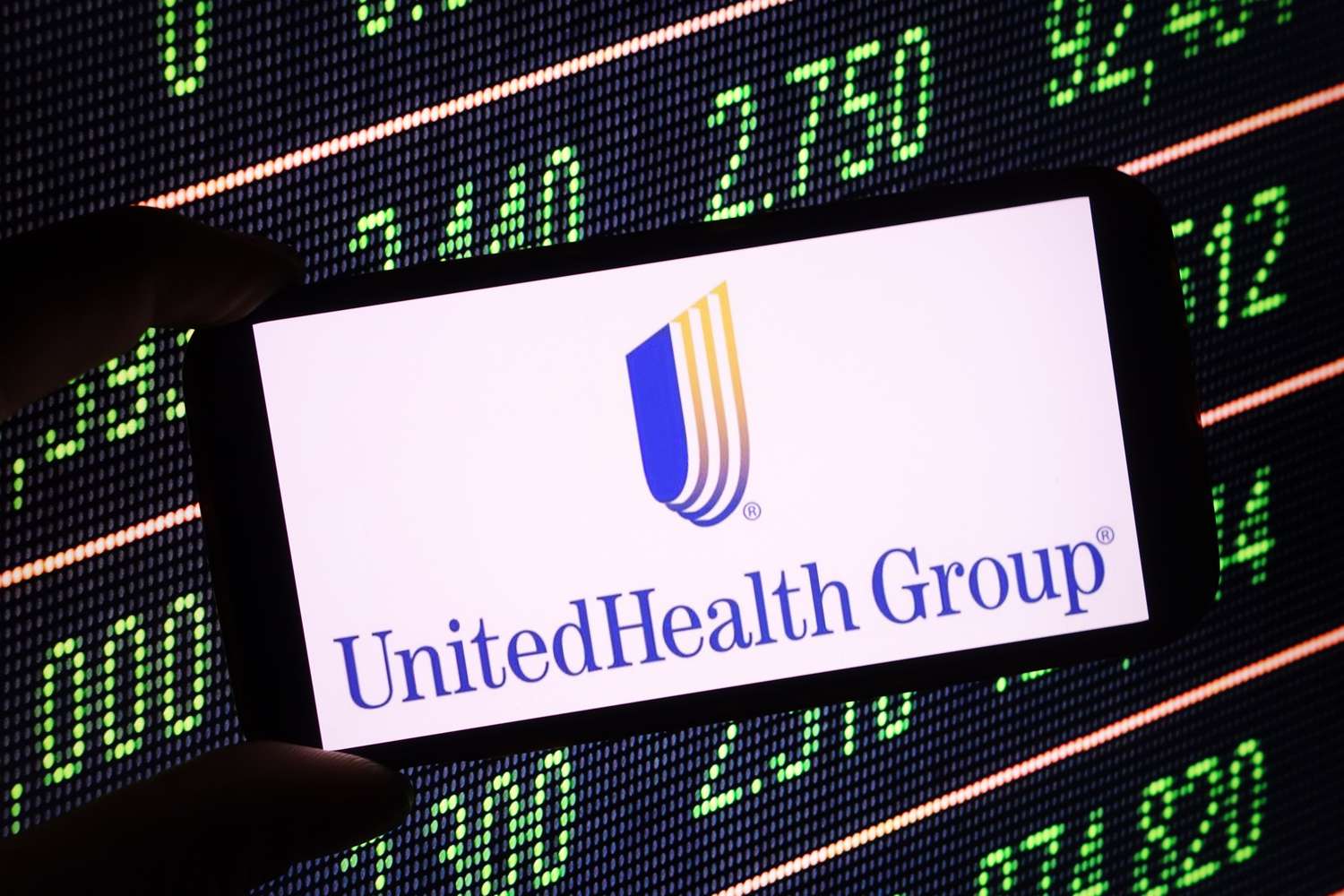
Avoiding the $500K+ RMD Shock: Essential Financial Strategies for Retirees
As retirees amass over $500k in assets, the IRS mandates Required Minimum Distributions (RMDs), which can significantly impact tax liabilities. This article delves into strategies to effectively manage RMDs, minimizing financial shocks and ensuring a stable retirement income.
Understanding RMDs and Their Impact
Required Minimum Distributions (RMDs) are IRS-mandated withdrawals from retirement accounts, such as IRAs and 401(k)s, starting at age 72. The goal is to ensure that retirees begin withdrawing the funds they have accumulated, thus preventing indefinite tax deferral. However, RMDs can lead to unexpectedly large tax bills that catch many retirees off guard.
Strategies to Minimize RMD Shock
Strategic Withdrawals: Consider gradually withdrawing from your retirement accounts before the RMD age to spread out the tax impact over several years.
Roth IRA Conversions: Converting a portion of your traditional IRA to a Roth IRA can reduce RMD amounts, as Roth IRAs do not require RMDs.
Tax-Efficient Investments
Investing in tax-efficient funds can help manage your tax liability. Municipal bonds, for instance, are often exempt from federal income tax and could be a strategic addition to your portfolio.
Charitable Contributions
Utilizing Qualified Charitable Distributions (QCDs) from your IRAs can not only fulfill philanthropic goals but also count towards your RMD without increasing taxable income, offering dual benefits.
Conclusion
Effectively managing Required Minimum Distributions is crucial for retirees with significant assets. Through strategic withdrawals, Roth conversions, tax-efficient investments, and charitable contributions, retirees can reduce potential tax burdens and achieve financial stability. Planning ahead is essential to navigate the complexities of RMDs and secure a comfortable retirement.






